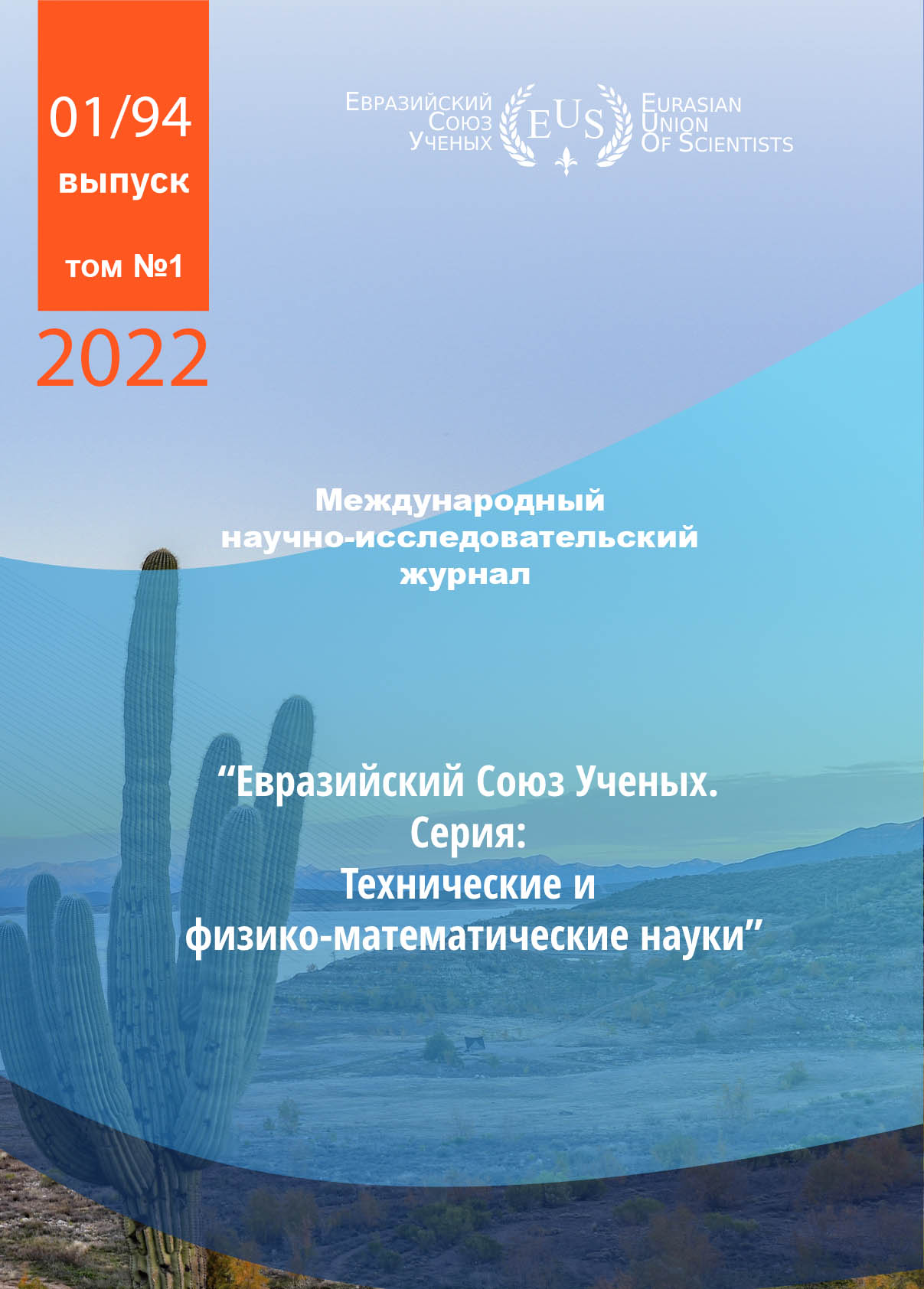OPTIMIZATION OF MODULAR BORING TOOL DESIGNS
Keywords:
modular, boring, tool , mathematical graph theory, parameter
Abstract
One of the ways to create optimized designs of modular boring tools for processing stepped holes in blanks
of body parts of mechanical engineering products is shown
References
1. Maslov A.R. Modul'nye instrumental'nye naladki // Stankoinstrument. 2021. №2 (023). – S. 86-92.
2. Maslov A.R. Instrumental'nye sistemy mashinostroitel'nyh proizvodstv: uchebnik dlja VUZov // M.: «Mashinostroenie», 2006. 335 s.
3. Hudjakov M.P. Povyshenie jeffektivnosti agregatno-modul'nyh rastochnyh instrumentov metodami matematicheskogo modelirovanija: diss. …kand. tehn. nauk // M.: MGTU «Stankin». 1998. 213s.
4. Aslibekjan S. R., Meshherjakov R. K. Rasshirenie tehnologicheskih vozmozhnostej vspomogatel'nogo instrumenta blochno-modul'noj konstrukcii // Stanki i instrument. 1988. № 2. S. 12-15.
5. Maslov A.R., Smolkin E.M., Tivirev E. G. Modul'nye rastochnye instrumental'nye naladki // Stankoinstrument. 2021. № 4 (025). S. 48-57
6. Temchin G. I. Mnogoinstrumentnye naladki. Teorija i raschet. (2-e izd., ispr.) // M.: Mashgiz, 1963. 543 s.
2. Maslov A.R. Instrumental'nye sistemy mashinostroitel'nyh proizvodstv: uchebnik dlja VUZov // M.: «Mashinostroenie», 2006. 335 s.
3. Hudjakov M.P. Povyshenie jeffektivnosti agregatno-modul'nyh rastochnyh instrumentov metodami matematicheskogo modelirovanija: diss. …kand. tehn. nauk // M.: MGTU «Stankin». 1998. 213s.
4. Aslibekjan S. R., Meshherjakov R. K. Rasshirenie tehnologicheskih vozmozhnostej vspomogatel'nogo instrumenta blochno-modul'noj konstrukcii // Stanki i instrument. 1988. № 2. S. 12-15.
5. Maslov A.R., Smolkin E.M., Tivirev E. G. Modul'nye rastochnye instrumental'nye naladki // Stankoinstrument. 2021. № 4 (025). S. 48-57
6. Temchin G. I. Mnogoinstrumentnye naladki. Teorija i raschet. (2-e izd., ispr.) // M.: Mashgiz, 1963. 543 s.
Published
2022-02-17
How to Cite
Kozhin-Grebenshchikov, P.P, A.R Maslov, and E.G Tivirev. 2022. “OPTIMIZATION OF MODULAR BORING TOOL DESIGNS”. EurasianUnionScientists, February, 26-31. https://fizmat-tech.euroasia-science.ru/index.php/Euroasia/article/view/801.
Section
Article
CC BY-ND
A work licensed in this way allows the following:
1. The freedom to use and perform the work: The licensee must be allowed to make any use, private or public, of the work.
2. The freedom to study the work and apply the information: The licensee must be allowed to examine the work and to use the knowledge gained from the work in any way. The license may not, for example, restrict "reverse engineering."
2. The freedom to redistribute copies: Copies may be sold, swapped or given away for free, in the same form as the original.





